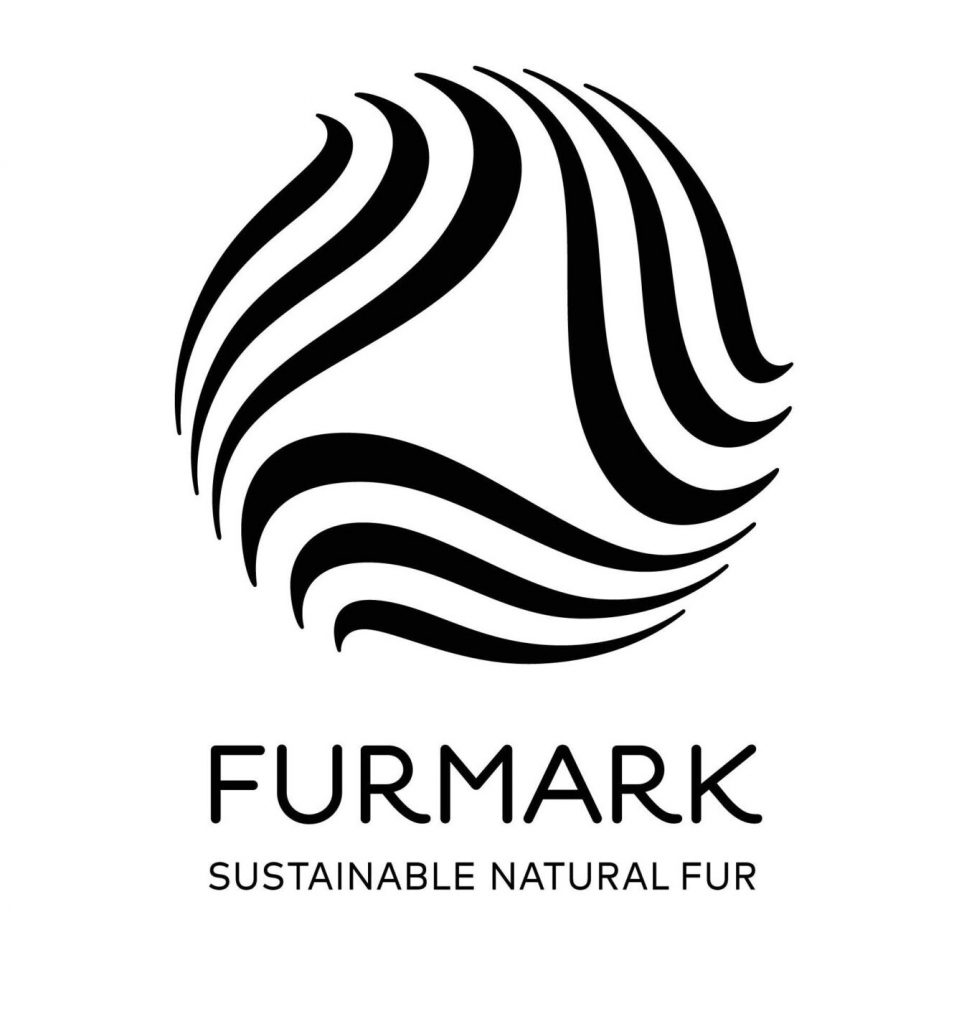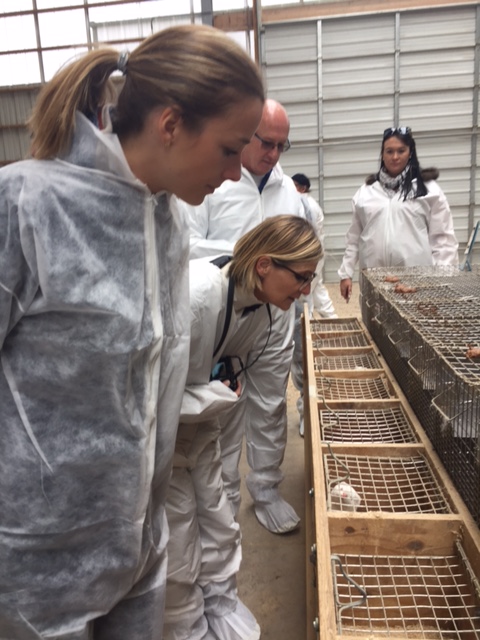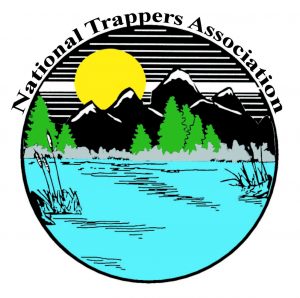
Furmark® is the new global certification and traceability system for sustainable natural fur that ensures the highest animal welfare and environmental standards. Created by the International Fur Federation, Furmark® will impact retailers, manufacturers, dressers and dyers and everyone throughout the fur industry.
Furmark® was created as a sign of confidence and commitment. It reaffirms the value of sustainable natural fur. Responding to consumer desires for a simple recognizable and global mark, Furmark® brings together the leading independently verified animal welfare certification programs.
Developed in consultation with conscientious consumers and contemporary fashion groups and brands, the Furmark® symbol is a mark of guaranteed quality and confidence.
To ensure consumers, retailers and brands have complete assurance and confidence when buying fur, Furmark® draws together independently verified certification programmes under one system. Obtaining certification means that an international, national, or regional programme has satisfied Furmark® global standards.
What does Furmark® mean in practice? As an evidence-led system, Furmark® applies across the supply chain, rather than simply the earliest stages: for a product to be Furmark®-certified, it must have gone through every step of the Furmark® supply chain. In line with contemporary societal values, and to rightly provide the level of transparency consumers expect, traceability sits at the heart of Furmark®. Those buying Furmark®-certified products will have full access to detailed information about their purchase via an integrated QR code and a tracking number on the garment label and tags. Furmark®ensures the highest animal welfare and environmental standards.
Furmark® is based on three key principles:
- Science: certification programs and their individual protocols are science- based and approved by independent experts.
- Independent inspection: certification programs are verified by third parties and publicly available.
- Transparency: certification programs are sustainable, relevant, accessible, and traceable.
Furmark® requires that fur be dressed and dyed according to a dedicated chemical standard for the fur industry, created with the International Fur Dressers and Dyers Association (IFDDA) and the independent testing and research institute FILK. The certification process involves declarations, samples and on-site visits. Similarly, manufacturer – in order to create Furmark®-certified products – must have undergone a dedicated Furmark® due diligence assessment. Conducted by FACT due diligence covers business, reputation, disclosure, associations, and company registration.
Furmark® will be available to consumers in 2021 and will be seen on hangtags and labels. For more information, contact Furmark®.
Fur farming and trapping are ethical and sustainable practices driving consumer demand for fur.
Fur Farming
Fur farming is the practice of selecting, breeding and raising certain types of fur bearing animals, which have been raised on farms in North America since shortly after the Civil War.
More than 85% of pelts used in the world’s fur trade come from small, family-run farms. Approximately 275 mink farms in 23 states across the USA produce about three million pelts annually. Wisconsin is the leading mink-producing state, generating well over one million pelts. Other important producers are Utah, Idaho, Oregon and Minnesota.
Today’s farm-raised mink are among the world’s best cared for livestock. Good nutrition, comfortable housing and prompt veterinary care have resulted in livestock very well suited to the farm environment. National codes of practice and operating guidelines provide further assurance that farmed fur bearing animals are well cared for. In addition, mink farmers voluntarily adhere to stricter codes of animal husbandry to become certified in the Fur Commission Humane Care Farm Certification Program.
Precise attention to animal care has enabled North American farmers to produce the finest quality fur in the world. Farmed fur is a sustainable and natural product that takes waste out of the system. It involves the use of best practices honed over generations.
Nothing goes unused. From the food fed to animals to their own by-products, it’s a closed loop system that is environmentally sound. Furs are auctioned in a value chain that is based on a cooperative system. There are no shortcuts and the practice involves closely following stringent animal welfare standards. The result is a high-quality product.
Fur farming can be traced back through human history. Older still is the practice of fur trapping, which adheres to the same material qualities and standards that discerning consumers demand. For more information on fur farming, contact the Fur Commission USA.
Wild Life Management
Proper wildlife management can only be accomplished through trapping programs. There is no other practical and effective method to control many predators and furbearers except with the aid of modern traps. Trapping stabilizes predators, prey animals and all wildlife for beneficial balances essential to healthy populations.
The fur industry has a stewardship role to assure wildlife is abundant and managed scientifically to assure healthy wildlife varieties and numbers into the future. This requires management techniques that are effective and proven, including state-of-the-art traps and trapping methods.
Skilled, trained and educated wildlife biologists are involved in the science of wildlife management, Information is shared via published articles and meetings for the benefit of all and in an effort to be transparent.
Trapping is strictly regulated wildlife management in North America. Modern traps are highly selective – and trappers highly skilled – to capture only species they are designed to catch. Since 1997, the United States and Canada have conducted the most extensive scientific testing of traps in the world to develop Best Management Practices (BMPs) for trapping. This program ensures that traps are humane, efficient, safe and selective.
The effect of trapping is not that predators are eliminated, but rather kept in balance with all other species. The result of this is healthy and stable populations of all wildlife as well as the health of people, pets and livestock.
Those that participate in trapping must go through education programs, be licensed and then consent to abide by numerous laws and regulations regarding when, where and how wildlife may be trapped. Additionally, there are numerous educational seminars and workshops offered to trappers each year through various state and national trapping organizations. State and federal wildlife agencies constantly monitor wildlife populations with surveys, research projects, license sales and trapper and fur buyer reports, etc. This research and subsequent management is funded with millions of dollars annually paid by sportsmen and women willingly paying excise taxes and license fees to properly manage wildlife for the benefit and enjoyment of all.
Trapping benefits everyone by providing managed wildlife, affordable food, clean water, and a safe environment involving the following:
- The key to living in harmony with wildlife is to understand the species and manage their populations for their own health and stability. Wildlife that is not managed booms and busts due to stresses from habitat destruction, malnutrition, rapid spread of diseases and mass die-off’s. Regulated harvests with traps are essential to healthy wildlife.
- Wild animals damage crops and prey on livestock. According to the U.S. Department of Agriculture, predators cost American producers more than $71 million dollars annually. Coyotes prey on cattle and sheep. Raccoons can have a devastating impact upon sweet corn production, berry crops, melons and fruit trees. Beavers cause havoc in irrigation ditches, flooding crops, roads, hay fields and killing valuable timber.
- Of utmost concern for safe water supply is the control of beavers in water storage systems. Beaver often host the giardia parasite and can get it into the water. Due to this threat to water contamination, reservoirs must be monitored continually to discover the presence of beavers. Trapping is the best solution for this problem.
It is a fact that our environment is shared with a variety of wild species. As more wild animals live in urban environments, more interactions occur with the possibility of attacks against pets and the spread of diseases such as rabies, leptospirosis, tularemia, etc. Urban populations of skunks, opossums, raccoons, foxes and coyotes have learned to share food and water left outside for pets, which increases the spread of diseases.
Dikes and dams are threatened with digging behaviors of muskrats, nutrias and beavers. Overly abundant raccoons often seek refuge in home attics and even cause fires by chewing on electrical wires.
The National Trappers Association (NTA) is committed to defending and promoting the safe and ethical harvest of furbearing mammals and to the preservation and enhancement of their habitats. Fifty-one state trapping affiliates make up the core of the national organization representing thousands of fur harvesters from every part of the country. The NTA and its members continue to research and encourage the development and usage of the most effective and humane trapping techniques available. Furbearers, like other managed wildlife species, thrive and are far more diverse today than 100 years ago. The NTA continues to defend the American Heritage and the sound management of all wildlife for the future enjoyment and use by all sportsmen of North America.
Whether pelts are farmed or trapped, in the end, the consumer wins out with a product steeped in heritage and history, and one that is ethically and sustainably made. And it’s fashionable, too! For more information on trapping, contact the National Trappers Association.



